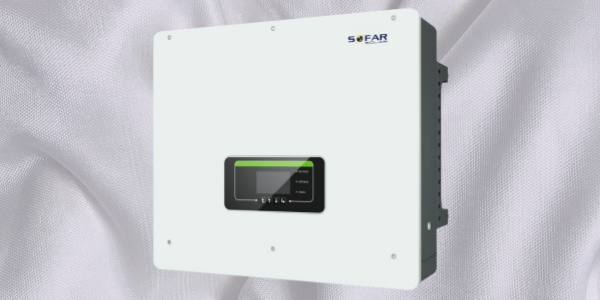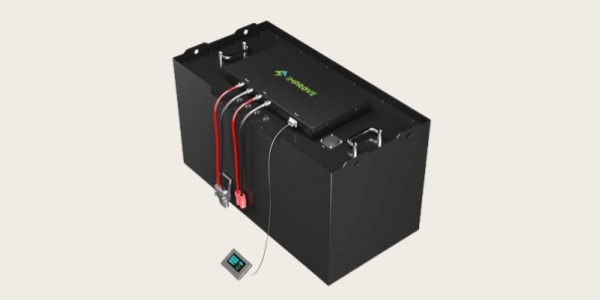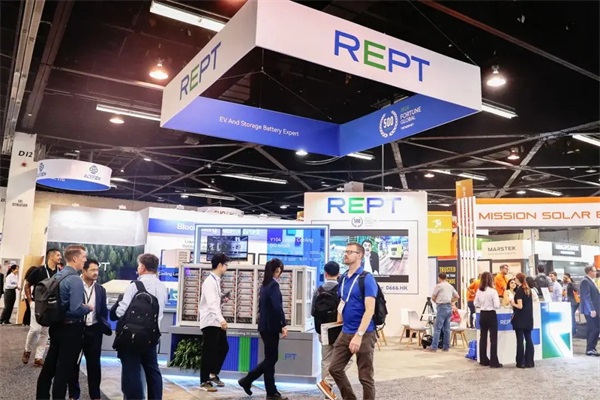48V Lithium Battery Can Not Be Charged How to Repair
How to Repair a Non-Charging 48V Lithium Battery

Lithium batteries have become a cornerstone of modern energy solutions, powering everything from electric vehicles to renewable energy systems. However, like any technology, they can sometimes fail to charge. If you find yourself facing a 48V lithium battery that won’t charge, fear not—there are several steps you can take to diagnose and potentially fix the issue.
1. Safety First
Before embarking on any repair attempts, prioritize safety. Lithium batteries can be hazardous if mishandled. Wear safety goggles and gloves, and work in a well-ventilated area away from flammable materials. If you notice any swelling, leakage, or severe damage, it’s best to consult a professional rather than attempting a repair.
2. Check the Charger
Start with the simplest solution: the charger. Inspect it for any visible signs of damage, such as frayed cords or broken connectors. If available, try using a different charger that is compatible with 48V lithium batteries. It’s also wise to measure the output voltage of the charger to ensure it meets the required specifications. Many chargers have an LED indicator that shows whether they are functioning properly.
3. Inspect the Battery Connections
Loose or corroded connections can disrupt charging. Disconnect the battery and inspect the terminals for corrosion or dirt. Clean the terminals gently with a soft cloth and reconnect them securely. Also, check the wiring harness for any signs of wear or damage, as a faulty wire can interrupt the charging process.
4. Monitor the Battery Management System (BMS)
Many lithium batteries are equipped with a Battery Management System (BMS), which protects the battery from overcharging, over-discharging, and short circuits. If the BMS detects a fault, it may prevent charging altogether. You can reset the BMS by disconnecting the battery for a short period, then reconnecting it. If the issue persists, you may need a specialized diagnostic tool to analyze the BMS for faults.
5. Test Individual Cells
Lithium batteries consist of multiple cells connected in series. If one or more cells are faulty, it can prevent the entire pack from charging. Using a multimeter, measure the voltage of each cell. A cell that is significantly lower than the others may need to be replaced. If you’re unfamiliar with battery cell replacement, it’s advisable to seek help from a professional.
6. Temperature Considerations
Battery performance can be affected by temperature. Lithium batteries usually perform best within a specific temperature range. If your battery is too cold (below 0°C or 32°F) or too hot (above 60°C or 140°F), charging may be inhibited. Allow the battery to reach a safe operational temperature before attempting to charge it again.
7. Seek Professional Help
If you’ve tried all the above methods and your battery still won’t charge, it may be time to seek professional assistance. Lithium battery repair can be complex and requires specialized knowledge and tools. An expert can provide a proper diagnosis and recommend suitable repairs or replacements.
In conclusion, a non-charging 48V lithium battery can be a frustrating issue, but by following these steps, you can systematically diagnose and potentially resolve the problem. Always prioritize safety and don’t hesitate to seek professional help if needed. With the right approach, you can bring your battery back to life and continue enjoying the benefits of modern energy technology.

